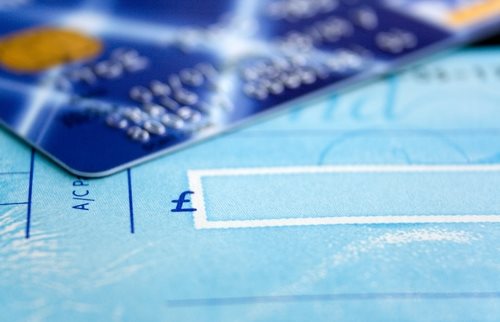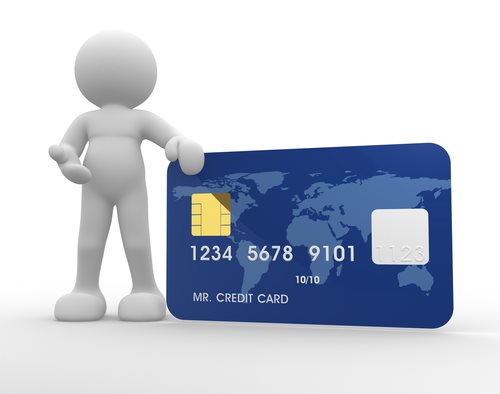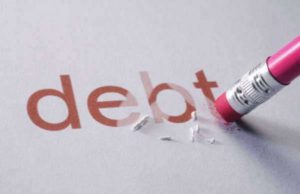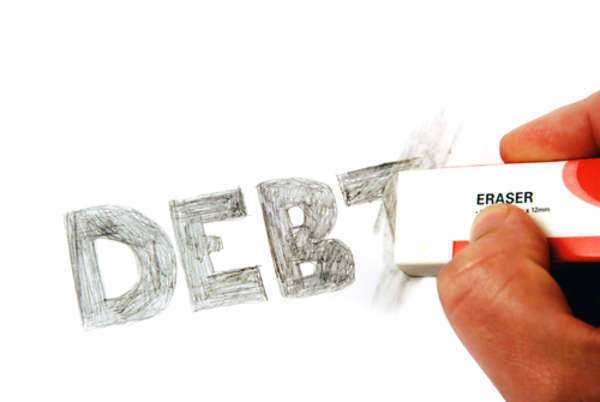The Ins and Outs of Credit Card Debt Consolidation

Credit card debt consolidation is a financial strategy that allows individuals to combine multiple credit card debts into a single payment. This can make managing debts a simpler and more streamlined process, while also potentially reducing interest rates and monthly payments. However, credit card debt consolidation is not a one-size-fits-all solution and requires careful consideration and planning to ensure its effectiveness.
In this article, we will explore the ins and outs of credit card debt consolidation, including its benefits, risks, and requirements. We will also discuss the different ways that individuals can consolidate their debts and provide updated information from government resources to help you make informed decisions about your personal finances.
Benefits of Credit Card Debt Consolidation
Credit card debt consolidation can offer several benefits for individuals struggling to manage multiple debts. Some potential benefits include:
1. Reduced Interest Rates – Consolidating credit card debt can often result in lower interest rates, meaning that a person could potentially save money in the long term.
2. Simplified Bills – Having one monthly bill to manage can be less stressful and time-consuming than trying to keep track of multiple payments.
3. Increased Credit Score – By consolidating debt, individuals may be able to decrease their credit utilization ratio, which can lead to improvements in their credit score.
4. Faster Debt Repayment – With lower interest rates, people can typically pay down their debts faster, which may reduce their financial burden.
Risks of Credit Card Debt Consolidation
While credit card debt consolidation can offer some benefits, it is not without risks. Before committing to this strategy, individuals should consider the following potential risks:
1. Consolidation Fees – Consolidating credit card debt can come with fees, such as balance transfer fees or loan origination fees. These fees can add up and impact the overall cost of consolidation.
2. Temptation to Accumulate More Debt – Consolidating credit card debt does not eliminate the underlying issue of overspending. Individuals must be careful not to accrue more debt after consolidation.
3. Potential for Longer Repayment Terms – Consolidating credit card debt using a loan may extend the repayment term. While this may reduce monthly payments, it may ultimately cost more in interest fees.
4. Potentially Higher Interest Rates – Depending on the type of consolidation method used, individuals may end up with a higher interest rate than they had previously. It is essential to carefully consider interest rates when consolidating debt.
Requirements for Credit Card Debt Consolidation
Before consolidating credit card debt, individuals must meet certain requirements. These include:
1. A Stable Income – In general, creditors will want to see evidence of a stable income before granting credit card debt consolidation options. This includes evidence of a regular paycheck or other reliable source of income.
2. Good Credit Score – Good credit is essential when consolidating credit card debt. Lenders will often look at a person’s credit history and credit score to determine eligibility and interest rates.
3. A Debt-to-Income Ratio of 50% or Less – A person’s debt-to-income ratio is an essential factor that lenders consider when deciding to consolidate debt. Generally, a person’s debt-to-income ratio should be 50% or less to be considered for consolidation.
Methods of Credit Card Debt Consolidation
There are several methods that individuals can use to consolidate credit card debt, including:
1. Balance Transfer Credit Card – A balance transfer credit card allows individuals to move high-interest debts from one or more credit cards onto a card with a lower interest rate. Some credit cards offer 0% interest on balance transfers for a limited time, which can be a great way to save money on interest.
2. Personal Loan – A personal loan can be used to consolidate credit card debt into one monthly payment. Personal loans typically have lower interest rates than credit cards, which can save individuals money. However, keep in mind that personal loans typically have origination fees and may have higher interest rates than secured loans.
3. Home Equity Loan – A home equity loan uses the equity in a person’s home as collateral for a loan. This can be an effective way to consolidate debt at a lower interest rate. However, using a home equity loan to consolidate credit card debt could put a person’s home at risk if they are unable to make payments.
4. Debt Management Plan (DMP) – A DMP is a service provided by credit counseling agencies. These agencies work with creditors to negotiate lower interest rates and monthly payments on behalf of individuals. DMPs typically come with fees, but they can be a good option for individuals who are struggling to make their current payments.
How to Consolidate Credit Card Debt
To consolidate credit card debt effectively, follow these steps:
1. Review Your Credit Report – It is essential to review your credit report before applying for any type of credit. Dispute and correct any errors on your report that could impact your eligibility for credit card debt consolidation.
2. Compare Interest Rates – When comparing interest rates between different consolidation methods, be sure to consider any fees associated with each option.
3. Calculate Your Overall Savings – Use a debt consolidation calculator to determine how much you could save by consolidating your credit card debt.
4. Apply for Credit – Before applying for credit, make sure you understand the terms and conditions of the loan or credit card you are applying for. Be wary of any fees or penalties that may be associated with the consolidation method.
Conclusion
Credit card debt consolidation is a popular financial strategy that can help individuals manage multiple credit card debts more effectively. However, it is essential to understand the benefits, risks, and requirements before committing to this strategy. By following the steps outlined in this article and reviewing the latest government resources, individuals can make informed decisions about how to consolidate their credit card debt and achieve financial stability and freedom.

















